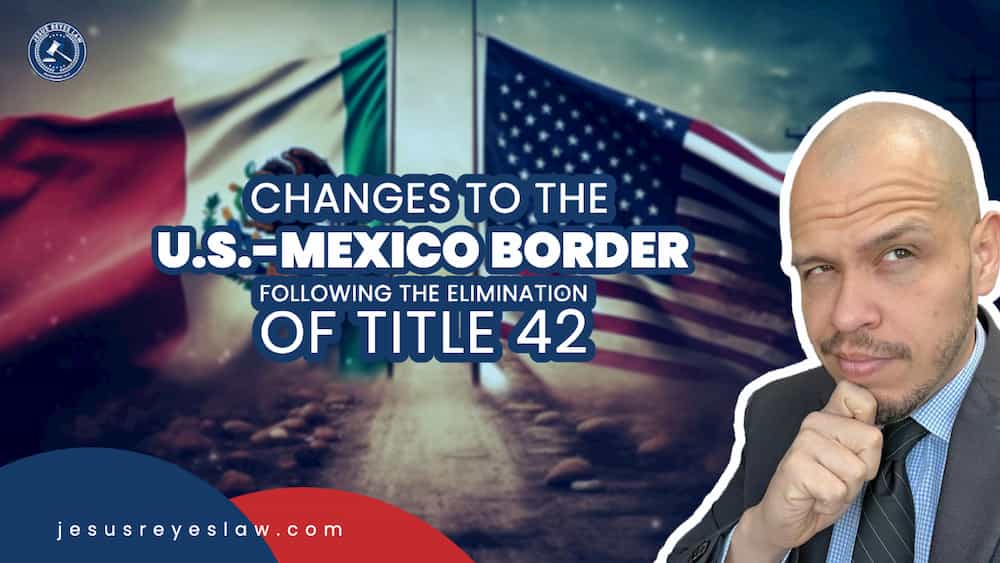Major Changes at the US-Mexico Border After Title 42 Elimination
Important changes are coming to the US-Mexico border as the United States government has announced the elimination of Title 42. This policy, implemented during the COVID-19 pandemic, allowed the rapid expulsion of migrants without giving them a chance to seek asylum. With its removal, thousands of people will now have the opportunity to seek protection in the United States. This article will outline the key changes that will result from this decision and the challenges it may pose for managing migration at the border.
Title 42 and its impact on migration
Title 42 was implemented in March 2020 as a public health measure to prevent the spread of COVID-19. Under this policy, migrants were quickly expelled without due process or access to asylum procedures. Since then, over a million people have been expelled, and the use of Title 42 has been heavily criticized for violating the rights of migrants and asylum seekers.
The elimination of Title 42 and its implications for migration at the border
The elimination of Title 42 is expected to lead to a significant increase in the number of people seeking asylum at the US-Mexico border. While this change will provide more opportunities for those in need of protection, it also poses challenges in managing migration and providing adequate resources and infrastructure to process asylum claims.
Key measures of the DHS after Title 42 elimination
With the elimination of Title 42, the DHS has announced a series of measures to address the challenges at the border. Some of the key actions include:
- a) Strengthening the asylum system: The DHS will seek to improve the asylum process by increasing the capacity of immigration courts, which will allow for faster case processing and reduced wait times. Measures will also be implemented to ensure that asylum seekers have the necessary legal support throughout the process.
- b) Investment in infrastructure and human resources: To handle the increase in asylum applications, there will be investment in the construction of new processing centers and hiring additional staff, such as immigration judges, lawyers, and social workers. This will enable better service to migrants and facilitate their integration into American society.
- c) Collaboration with non-governmental organizations (NGOs): The DHS will work together with NGOs and civil society organizations to provide support to migrants during their asylum process. This includes the provision of shelters, medical care, legal advice, and other essential services.
- d) Cooperation with Mexico and Central American countries: The US government will seek to strengthen cooperation with Mexico and the Northern Triangle countries (Guatemala, Honduras, and El Salvador) on immigration and border security matters. This includes promoting economic and social development programs in the region and implementing measures to ensure the safe return of migrants.
- e) Combating human trafficking and organized crime: The DHS will intensify its efforts to combat human trafficking networks and organized crime at the border, in collaboration with Mexican and Central American authorities. This includes actions to dismantle criminal organizations responsible for violence and exploitation of migrants.
The elimination of Title 42 represents a significant change in immigration policy at the US-Mexico border. While this decision may create new challenges in managing migration, it also offers the opportunity to improve the living conditions of thousands of people seeking refuge and protection in the United States. The key measures implemented by the DHS reflect a more humanitarian and collaborative approach to migration policy, acknowledging the importance of addressing the root causes of migration and ensuring respect for the human rights of migrants at the border.










